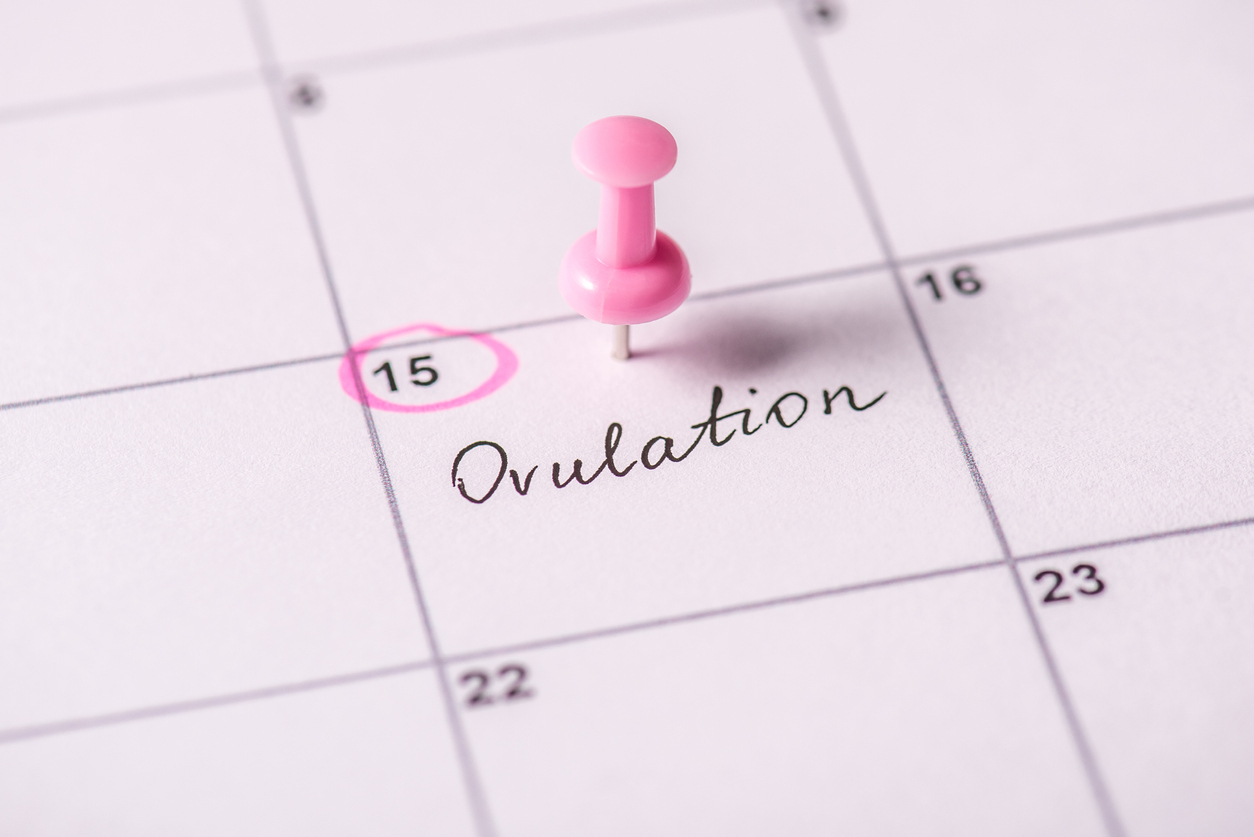
Treatments to grow and release eggs (Also called ovulation induction)
 Treatment to grow and release eggs using fertility drugs may be suggested as a first choice for a woman with known egg problems (e.g. PCOS or low egg levels), mild endometriosis and also for unexplained infertility of short duration.
Treatment to grow and release eggs using fertility drugs may be suggested as a first choice for a woman with known egg problems (e.g. PCOS or low egg levels), mild endometriosis and also for unexplained infertility of short duration.
This treatment involves the process of giving fertility drugs to stimulate egg growth (known as ovarian stimulation).
In patients who are not ovulating i.e. not releasing any eggs, the treatment is aiming to grow one egg a month a month, and thereby restore the normal monthly chance of achieving a pregnancy. In patients over 35 years or those with other problems the treatment aims to produce 2-3 eggs a month to boost the chance of conception, but with the potential risk of multiple pregnancy and over stimulation of the ovaries (OHSS).
The most commonly prescribed fertility drugs to grow eggs are:
- Clomiphene Citrate e.g. Serophene, Clomid and Clostril.
- Aromatase Inhibitors e.g. Letrozole
- Gonadotrophins (FSH injections) e.g.Menopur, Bravelle and Gonal-F
- a combined regime e.g. Clomiphene citrate and FSH injections
Usually patient will try for 1-9 months with this type of fertility treatment. This will have been advised by the doctor prior to treatment starting. Most treaments will be monitored with ultrasounds scans and hormone blood tests. The exact type of monitoring required in each treatment month is advised by the doctor.
FERTILITY DRUGS IN MORE DEPTH
1. Clomiphene citrate (sold as Serophene, Clomid, Clostril etc)
It is given in tablet form and is taken from day two to day six of the menstrual cycle. The starting dose is 50mg, which can be increased to 100mg or 150mg if the lower doses do not work. Success of treatment is monitored by ultrasound scans and sometimes by blood tests or urine testing for the LH hormone. Doses above 150mg are not used as they are unlikley to lead to pregnancy. This is because doses of 200mg and above actually thin the womb lining and make the cervical mucus hostile to sperm, and make pregnancy rates very low.
Side effects can include hot flushes, bloating, dizziness and breast tenderness.
The duration of treatment with this drug is generally restricted because of a possible increased risk of ovarian cancer associated with prolonged use. The UK Committee for the Safety of Medicines recommends it should not be used for more than six cycles, while the Royal College of Obstetricians and Gynaecologists guidelines state, “The association between ovarian cancer risk and gonadotrophins or prolonged clomiphene use remains uncertain. There is no evidence to suggest an increased risk of ovarian cancer when clomiphene is used for less than 12 cycles.”
2. Aromotase inhibitors (Letrozole)
Another group of drugs with similar properties to Clomiphene. They are used in some women who do not respond to clomiphene. They are also used as breast cancer preventing drugs. Side effects can include hot flushes, bloating, dizziness and breast tenderness.
3. Gonadotrophins (LH and FSH)
These are powerful fertility drugs and their use is restricted to fertility clinics only. They are either human or synthetic and are injected under the skin or by deep injection into the muscle. The treatment process is closely monitored by ultrasound and blood tests, and the dose given depends on how the ovaries respond and so varies between people. Injections can be given daily or on alternate days, or in combination with clomiphene tables.
4. HCG (Choragon, Pregnyl or ovidrelle)
This drug is given by injection to trigger the egg to release from the ovary. It is only given when an ultrasound scan has shown a well grown follicle over 17mm in diameter.
Complications of treatment to grow and release eggs
Side effects from the above treatments are very rare but can be very serious and very rarely can result in death from ovarian hyperstimulation syndrome (OHSS). For this reason only trained fertility doctors, who understand drug dosages and have a clinic capable of performing daily monitoring should be offering this treatment.
1. Multiple pregnancy
Where more than one egg is released and fertilised. In natural conception the chance of this happening is one in 80; with ovulation induction the risk is ten to 20 per cent.
2. Ovarian hyperstimulation syndrome (OHSS)
This is rare, and unpredictable and can happen despite the best medical care. It occurs when too many follicles grow and the body responds, for unknown reasons by allowing fluid to leak out of the blood vessels and into the abdomen, lungs and tissues. It can cause abdominal discomfort, sickness and sometimes difficulty with breathing. In severe cases admission to hospital may be needed. Occurrence of the syndrome can be diagnosed by ultrasound scan.